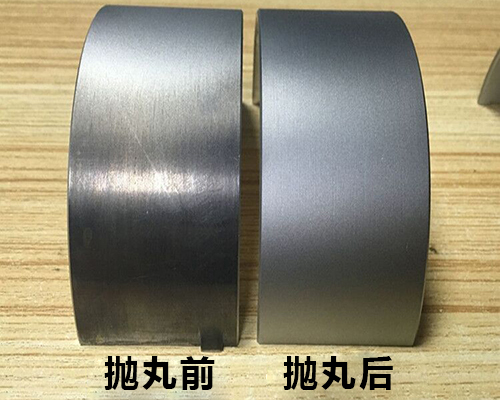There is no clear standard for sanding and derusting in Dalian. Garnet sand blasting abrasive, also known as natural emery, is a natural non-metallic ore, so there is no risk of free silicon [silicosis] and toxic heavy metals [cancer] that may exist in traditional sand blasting abrasives such as quartz sand, river sand and copper ore / slag. Therefore, in many countries, including China, which has restrictions on traditional sand blasting materials, garnet sand has been used as the preferred alternative abrasive in recent years.
The sand blasting methods used include dry sand blasting, wet sand blasting, dust-free sand blasting and high-pressure water sand blasting. Dry sand blasting has large dust, which hinders environmental protection and endangers health; Although there is no dust in the wet process, moisture will rust the surface again. The way to prevent rust is to add 1% ~ 15% of antirust agent (trisodium phosphate, sodium carbonate, sodium nitrite, etc.) and emulsifier or soapy water into the water to make its surface no longer rust in a short period of time, and then apply maintenance primer.
Dalian sanding, derusting and dust-free sand blasting is a continuous cycle of sand addition, sand blasting and sand collection and recovery in a closed system to avoid dust flying. High pressure water blasting is mainly used for rust removal in large areas, such as ship hull, oil tank, oil tank, boiler, etc. passivator and soapy water are often added to the water.
There is no clear standard for sanding and derusting in Dalian. Garnet sand blasting abrasive, also known as natural emery, is a natural non-metallic ore, so there is no risk of free silicon [silicosis] and toxic heavy metals [cancer] that may exist in traditional sand blasting abrasives such as quartz sand, river sand and copper ore / slag. Therefore, in many countries, including China, which has restrictions on traditional sand blasting materials, garnet sand has been used as the preferred alternative abrasive in recent years.
The sand blasting methods used include dry sand blasting, wet sand blasting, dust-free sand blasting and high-pressure water sand blasting. Dry sand blasting has large dust, which hinders environmental protection and endangers health; Although there is no dust in the wet process, moisture will rust the surface again. The way to prevent rust is to add 1% ~ 15% of antirust agent (trisodium phosphate, sodium carbonate, sodium nitrite, etc.) and emulsifier or soapy water into the water to make its surface no longer rust in a short period of time, and then apply maintenance primer.
Dust free sand blasting is the continuous circulation of sand addition, sand blasting and sand collection and recovery in a closed system to avoid dust flying. High pressure water blasting is mainly used for rust removal in large areas, such as ship hull, oil tank, oil tank, boiler, etc. passivator and soapy water are often added to the water.








